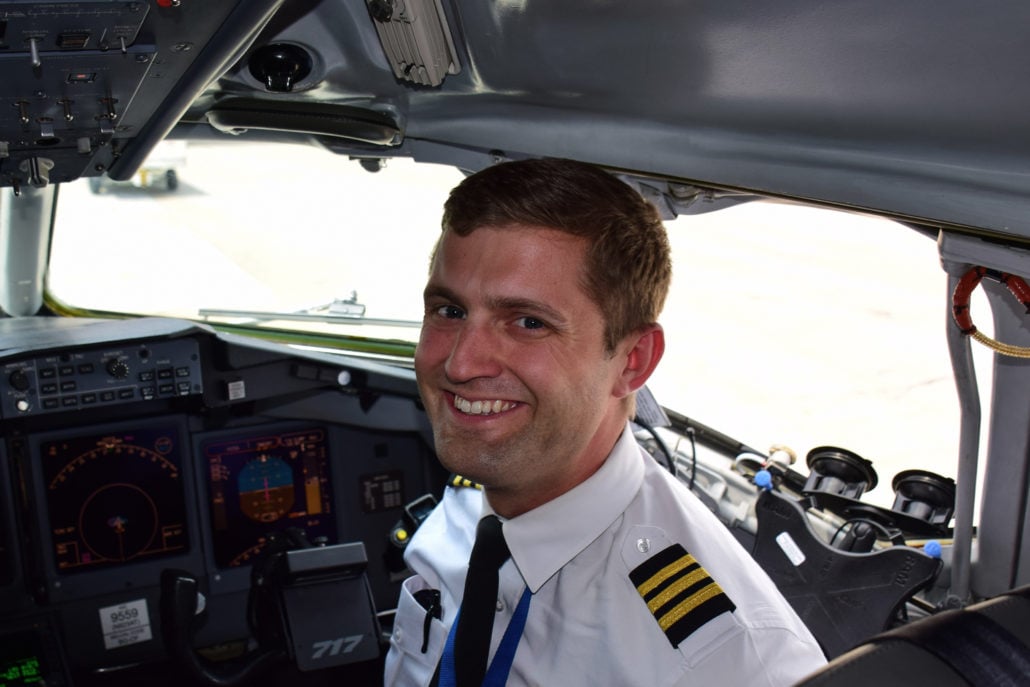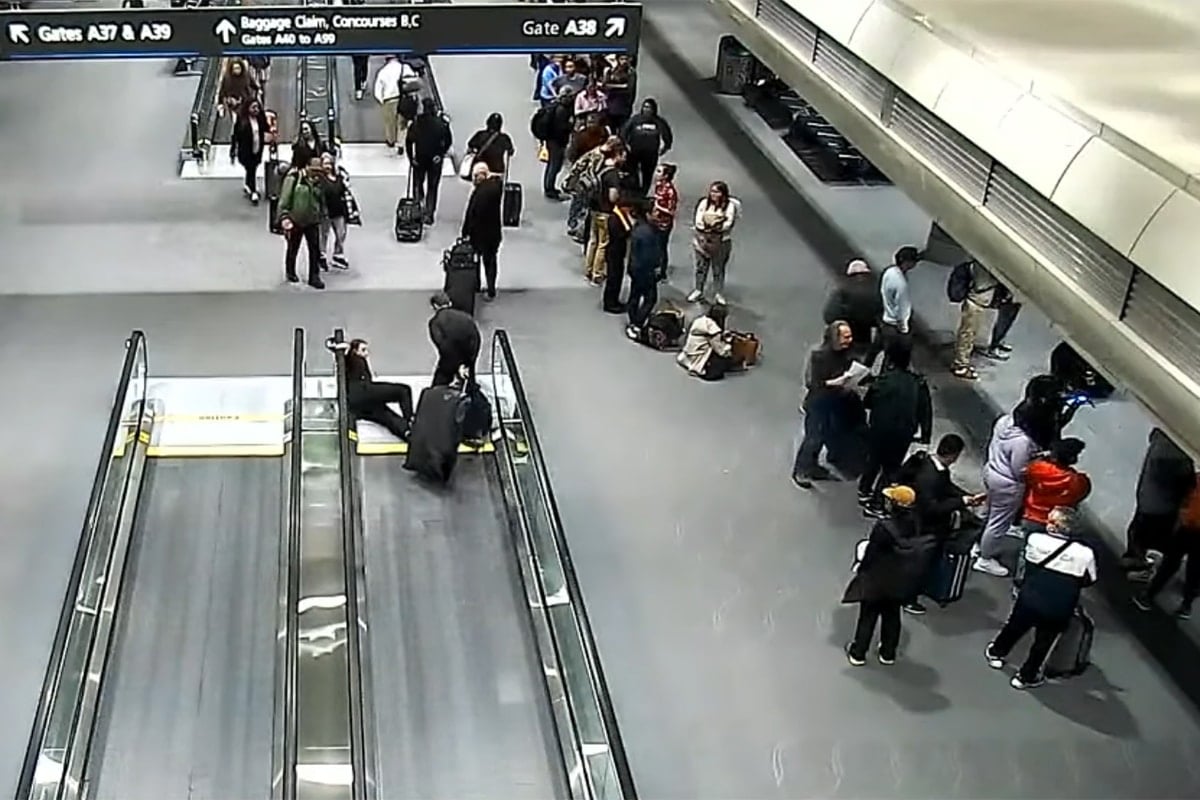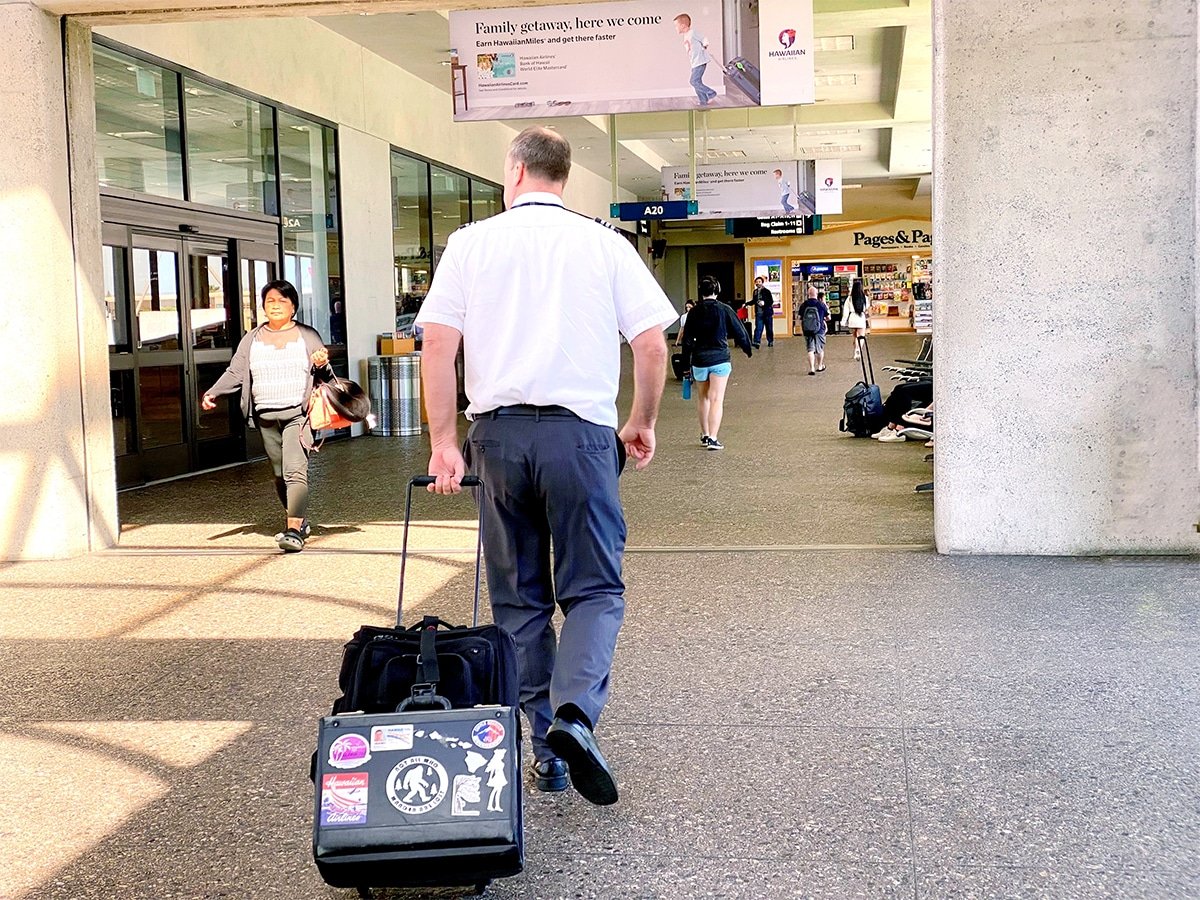
In our Ask a Pilot series, pilot Spencer Marker answers one of your aviation-related questions each week. See past installments here and submit your own to whitney@johnnyjet.com.
The question
On a flight to Philadelphia last week, the gate agent informed us that due to weather the airport was ground-stopped. What is this and how is it different from other types of delays?
—Zach T.
The answer
Hey there, Zach. Thank you so much for writing in to me and asking this terrific question. Delays are probably one of the most frustrating parts of flying today (I could think of something more frustrating, but I’ll keep that opinion to myself!).
Pilots are empathetic to passengers’ frustrations during these late departures. For us, it means a shorter layover or less time with our loved ones. Also, since we often work several flights a day, they can mean delays further down the line, complicating our flight schedules.
ATC delays
Air Traffic Control (ATC) can enact delays for many reasons. Most frequently, ATC will enact a delay program (delays in arrivals and departures) for weather, often because of thunderstorms.
And the weather doesn’t even have to be occurring at the airport! Pilots try to avoid areas of thunderstorms and just like having a stalled car blocking a lane of a freeway, traffic can get constricted by planes avoiding the bad weather. It restricts an airport’s ability to handle arriving traffic efficiently, and the FAA begins restricting airplanes from taking off. Low visibility will also slow down arrivals.
ATC delays are probably one of the more frustrating things pilots deal with in their day-to-day operations. The reasons are two-fold. First, pilots have little control over an ATC delay and, in certain instances (I’ll explain more below), we don’t always have a clear idea when we will be allowed to depart. This leads to the second reason ATC delays annoy: Communicating these delays with our passengers is often met with dubious looks, since our passengers look to us for answers in these situations. And I understand. As a pilot it’s hard to tell my passengers that I don’t know the answer to their questions. This is a reason I’m glad you asked what you did.
ATC delays typically come in three varieties for pilots: call-for-release programs, delay programs (we call these EDCTs: Expect Departure Clearance Times; these are most commonly communicated to passengers as wheels-up times), and ground stops.
Call-for-release programs
For pilots, a call-for-release program is the most benign type of delay ATC can assign. These delays are rarely extended past 30 minutes and are used to ease congestion during busy periods at the nation’s busiest airports. New York area airports frequently get these delays on days without significant weather.
A call-for-release program occurs exactly like it sounds. An aircraft will push back on schedule and when it is taxiing, the Air Traffic Controller will call the Traffic Management Unit of the FAA to receive a takeoff time for that airplane. Once the airplane has reached its takeoff time, it will be allowed to depart.
Delay programs
Delay programs (or EDCTs) are more restrictive than call-for-release programs. During these delays, ATC will inform the airline of the flight’s wheels-up time, and this information is then passed to the gate. Since these delays can be somewhat lengthy—possibly a couple hours—airlines will delay boarding and keep passengers in the terminal. This way, they have access to bathrooms and food options. Flight crews and gate agents will coordinate a game plan to ensure that boarding is done with enough time for the airplane to be at the end of the runway when its wheels-up time comes.
Occasionally, airlines will contact ATC directly to change or possibly move up an EDCT time. This can be done for a multitude of operational reasons, such as the pilots timing out (which happens when we have reached our maximum FAA mandated time on duty) or time-critical cargo shipments.
Ground stops
Easily the most frustrating type of delay, a ground stop occurs when all flights are prohibited from departing for their destination. Often when lines of severe weather are approaching an airport, the controlling ATC facility will simply ground stop the airport as a way to manage inbound traffic.
The frustration with these types of delays for pilots comes in the open-ended nature of ground stops. These delays are issued generally for a minimum of an hour. The culmination of that hour is what’s called an update time. Rather than revealing when the airport will open, an update time allows ATC to extend the ground stop or cancel it. Pilots and airlines are simply updated of the status.
The difficulty with ground stops for pilots is being able to anticipate whether or not they will be extended. All too often I have seen flight crews begin to board an airplane, only to have their ground stop extended. Now the crew must decide whether to keep everyone onboard or have them deplane (discussing the legality of keeping people on the plane would be a whole article unto itself!).
Once a ground stop is lifted, ATC will begin assigning wheels-up times as a way to manage the flow of airplanes and get the airport up and running again.
To aid passengers travel planning, the FAA has a website showing delays at major airports all over the country.
To sum up
Thanks for the fantastic question. These types of delays are something that I have to deal with on a day-to-day basis. Having a group of patient passengers certainly makes my job easier during these times, but I definitely understand passengers’ frustration during these events. The NextGen Air Traffic Control system is making strides in reducing these type of delays, and making for more efficient and expeditious travel for the public.
Thanks again for your question! And if you have a burning aviation question or something you would like cleared up, drop us a line at Whitney@johnnyjet.com to get your question featured in an upcoming Ask a Pilot column.
Tailwinds,
—Spencer







